
Simple Tricks on How to Get Tiny Hoop Earrings In
If you’ve ever struggled with putting on small hoops, here’s a simple guide on how to get tiny hoop earrings in. Wash your hands and ear, then dry well so the skin doesn’t snag. Identify your hoop style (hinged, endless, or segment) and make sure the post is smooth. Gently stabilize your lobe, then guide the thinnest end through at the angle the piercing naturally sits—never force past sharp pain. Listen or feel for a firm “click” or full closure, then give a light tug to check security. You can also explore a few easy tricks for stubborn, tiny hoops from Atolea’s hypoallergenic hoop earrings collection.
Understand Your Hoop Earring Style and Clasp Type
How exactly your tiny hoop earrings open, close, and sit on your earlobe matters more than you might think.
Different hoop styles and clasp types change how the metal moves across your piercing channel and where pressure lands on the tissue.
You might've continuous hoops, where a thin segment slides into the hollow tube, forming a smooth circle.
Huggie hoops usually use a hinge and a notch; the post clicks into place and rests snugly against the earlobe.
Segment rings remove a cut-out piece that snaps back between two ends, giving a flush surface.
When you understand the exact path the post takes through your piercing and how it locks, you reduce twisting, scraping, and uneven tension on the delicate cartilage or lobe.
Prep Your Ears and Earrings for Easy Insertion
Before you even touch your tiny hoops, prepare both your skin and the jewelry so insertion feels smooth and low-risk. Start with gentle ear cleaning: wash your hands, then cleanse the entire outer ear, focusing on the pierced tract through the lobule. Use mild soap and water or saline; avoid alcohol that can overdry tissue. Pat completely dry so the post doesn’t snag on softened skin.
Next, focus on earring selection. Choose hypoallergenic metals such as implant‑grade titanium, niobium, or 14k–18k gold, especially if your lobes react easily.
Inspect the hoop’s post and hinge for rough edges, bending, or residue. Clean the earrings with saline or a gentle, jewelry‑safe cleanser, then dry thoroughly so they glide without introducing moisture‑trapped bacteria.
Step‑by‑Step Method for Front Lobe Piercings
Start by orienting yourself in good lighting with a mirror so you can clearly see your front lobe piercing and the tiny hoop.
Wash your hands, then gently stabilize the earlobe between thumb and forefinger. Using safe lobe piercing techniques, locate the piercing channel by lightly touching the entrance and exit.
Hold the hoop by its ends, keeping the hinge or opening away from the lobe surface.
Guide the thinnest end straight into the front of the piercing at a 90‑degree angle to your skin, following the natural tunnel. Don’t force; if you meet resistance, back out slightly and adjust.
Once the post emerges behind the lobe, close the hoop securely.
Finish with careful earring care: inspect for redness, twisting, or pinching.
Techniques for Tricky Placements and Tight Hoops
Once you’re comfortable inserting hoops in straightforward lobe piercings, you can apply more precise techniques for tricky placements and very tight rings.
First, confirm hoop sizing: the inner diameter should clear the thickness of your earlobe, helix, or forward helix without compressing tissue. If the ring’s too small, don’t force it; you’ll scratch the fistula and prolong healing.
For high lobes or cartilage, angle the post so it follows the natural tunnel of the piercing, not the outer curve of your ear.
Gently pull the surrounding skin taut with your free hand to open the channel and improve visibility. Move slowly, pausing if you feel sharp pain, resistance, or warmth.
If insertion stays difficult, let a professional piercer reassess placement techniques and jewelry size.
Using Tools and Grips When Fingers Keep Slipping
Even with steady hands, tiny hoops can feel impossible to grip, so it helps to introduce simple tools and more secure hand positions instead of forcing the jewelry.
First, dry your fingertips thoroughly so the skin on your thumb and index finger can generate more friction against the metal. You can add small grip aids like silicone finger cots or latex gloves to stabilize the hoop without squeezing your earlobe.
For tool options, choose smooth, non-toothed jewelry pliers or curved hemostats wrapped with medical tape so they won’t scratch the metal or your skin.
Always hold the hoop itself, not the piercing site, and keep the tool several millimeters away from the entry and exit points of your earlobe.
How to Secure the Clasp So It Stays Closed All Day
How do you know your tiny hoop clasp is truly locked instead of just “kind of” closed?
First, support your earlobe between your thumb and index finger so you can feel movement precisely. With your other hand, guide the post through the piercing channel until it fully exits the back of the lobe.
For hinged clasp types, push until you hear or feel a clear “click” and the ends align in a smooth circle—no visible gap. For seamless hoops, gently twist (never pull apart sideways) so the post seats fully into the tube.
Check security by lightly tugging the hoop while stabilizing the lobe. If it doesn’t open or distort, it’s secure. Softer earring materials may bend; realign them gently so the closure stays firm.
Preventing Irritation, Pain, and Lost Tiny Hoops
Although tiny hoops look delicate, you can prevent irritation, pain, and losing them by treating your earlobe like a healing tissue, not just a jewelry holder.
First, respect ear sensitivity. Choose hypoallergenic metals such as implant-grade titanium, niobium, or 14k–18k gold, especially if your skin reacts easily. Disinfect the hoop and your hands before insertion to limit bacterial load on the piercing tract.
Slide the hoop through the piercing channel smoothly, without forcing; pain usually signals pressure on inflamed tissue.
For irritation relief, rinse with sterile saline, then gently pat dry so moisture doesn’t macerate the lobule.
To avoid losing tiny hoops, confirm the hinge and clasp engage fully, then check them after sleeping, exercising, or changing clothes.
Frequently Asked Questions
Are Tiny Hoop Earrings Safe to Sleep in Every Night?
Yes, you can usually sleep in tiny hoop earrings nightly if your piercings are fully healed. Monitor your comfort level, choose smooth hypoallergenic metals, clean regularly, and remove them if you notice pain, pressure, or skin irritation.
How Do I Choose the Right Hoop Size for My Face Shape?
You choose hoop sizes by matching them to your face shape: round faces suit elongated hoop styles, angular faces balance with softer circles. Keep diameter under your jawline, avoid excessive weight, and prioritize hypoallergenic metals to protect piercings.
Can I Wear Tiny Hoops During Sports or Swimming?
You can wear tiny hoops for some activities, but prioritize sports safety. Choose smooth, snug-fitting hoops, avoid contact sports or diving, and monitor the earlobe for redness, tearing, or soreness. When unsure, remove them.
What Metals Are Best for Super‑Sensitive or Allergic Ears?
You should choose implant‑grade titanium, niobium, or 14k–18k solid gold as hypoallergenic materials. Prioritize nickel free options, avoid plated metals, and monitor your earlobe tissue for redness, swelling, or burning sensations.
How Often Should I Clean Tiny Hoops Used for Daily Wear?
You should clean tiny hoops every 1–2 days. Use mild soap, warm water, and a soft cloth; avoid alcohol on irritated lobes. Key maintenance tips: inspect posts, remove debris, and monitor for redness or tenderness.
Conclusion
You’ve learned how to match your hoop style to your piercing, prepare your skin and jewelry, and guide even the tiniest hoops through the lobe with control and care. Trust your hands, move slowly, and stop at the first sign of sharp pain, swelling, or bleeding. When in doubt, let a professional piercer help. With good hygiene, proper clasping, and gentle technique, you’ll wear your tiny hoops securely, comfortably, and confidently every day.


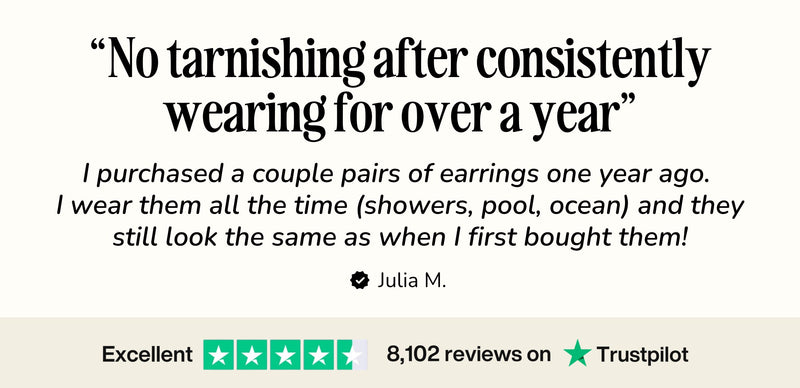



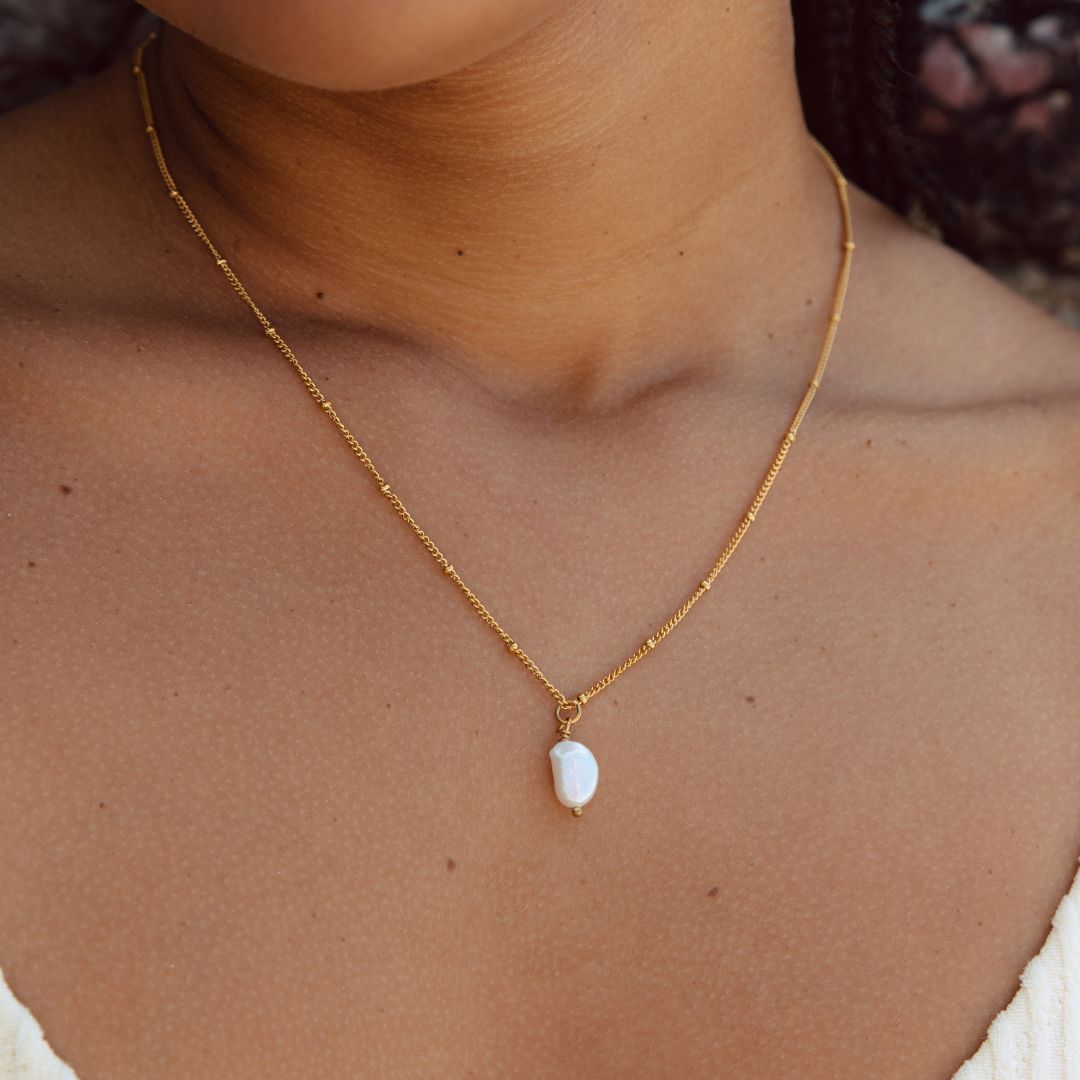

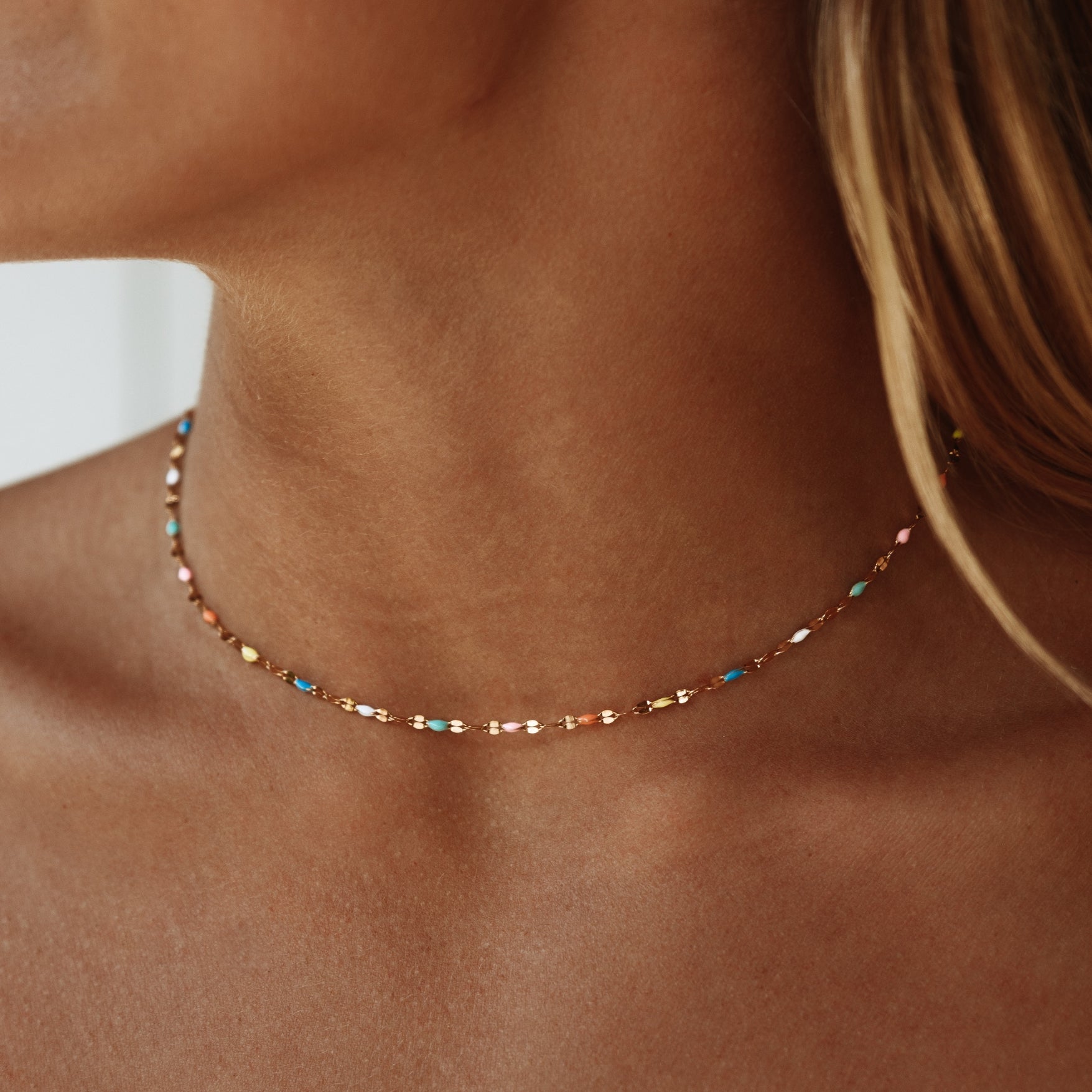
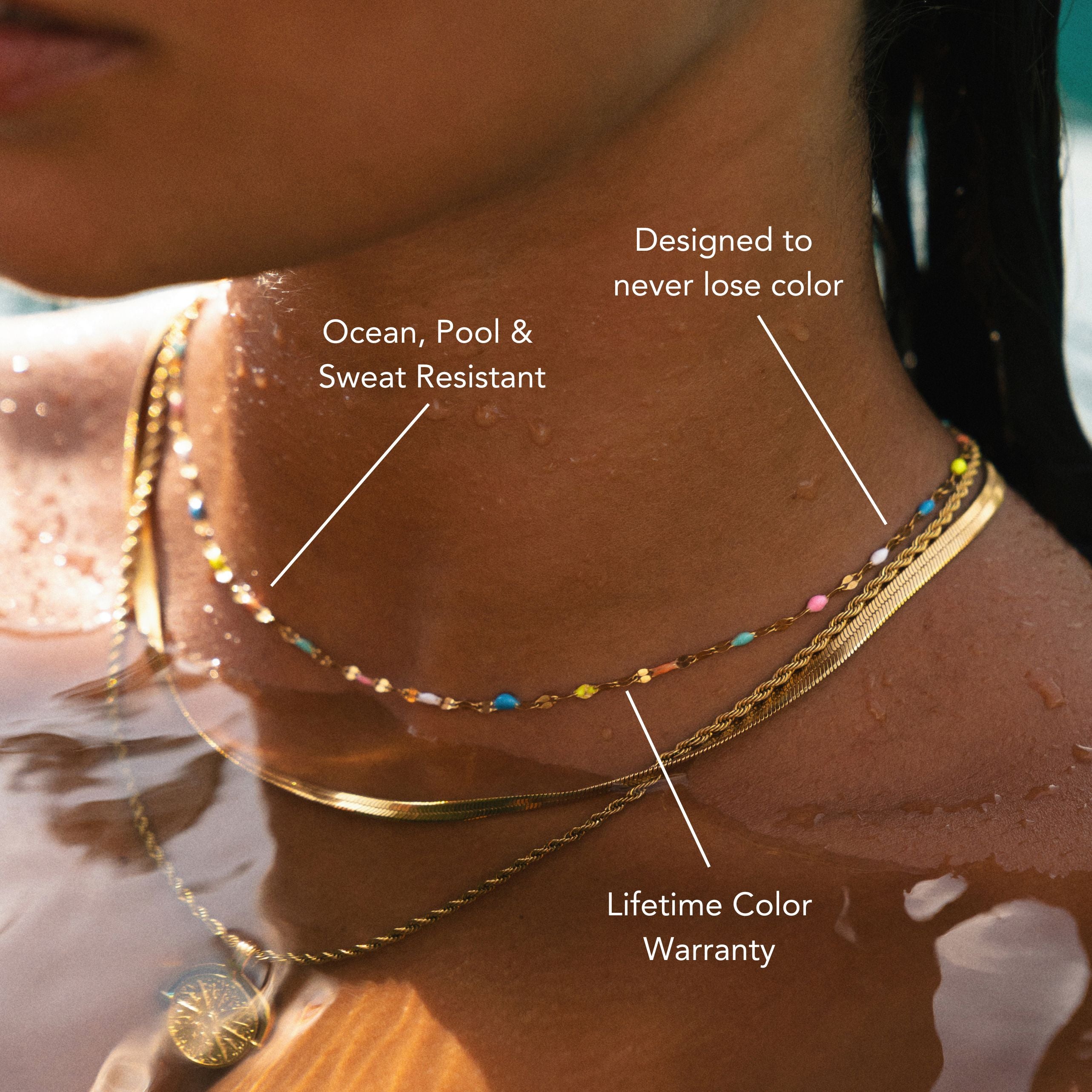
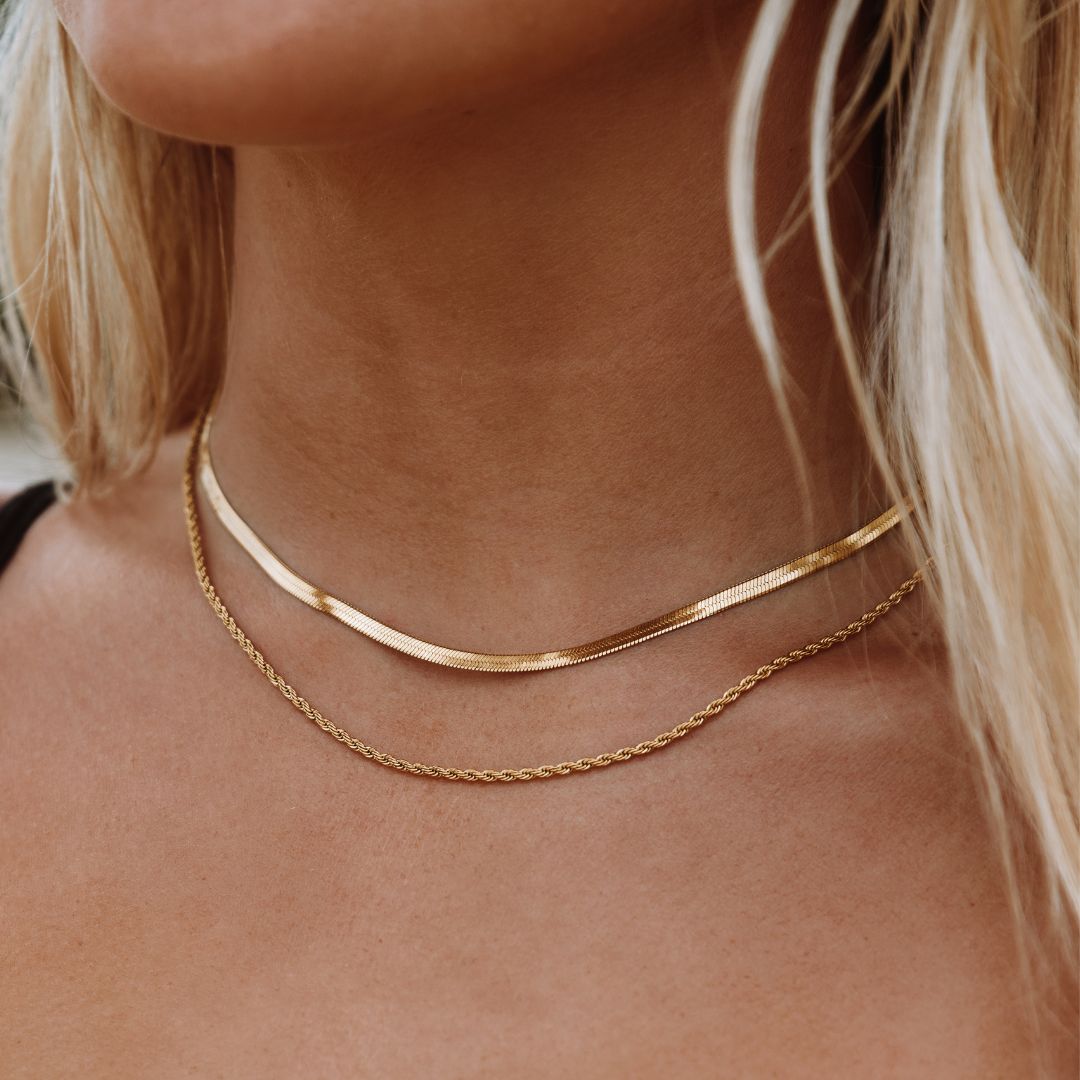
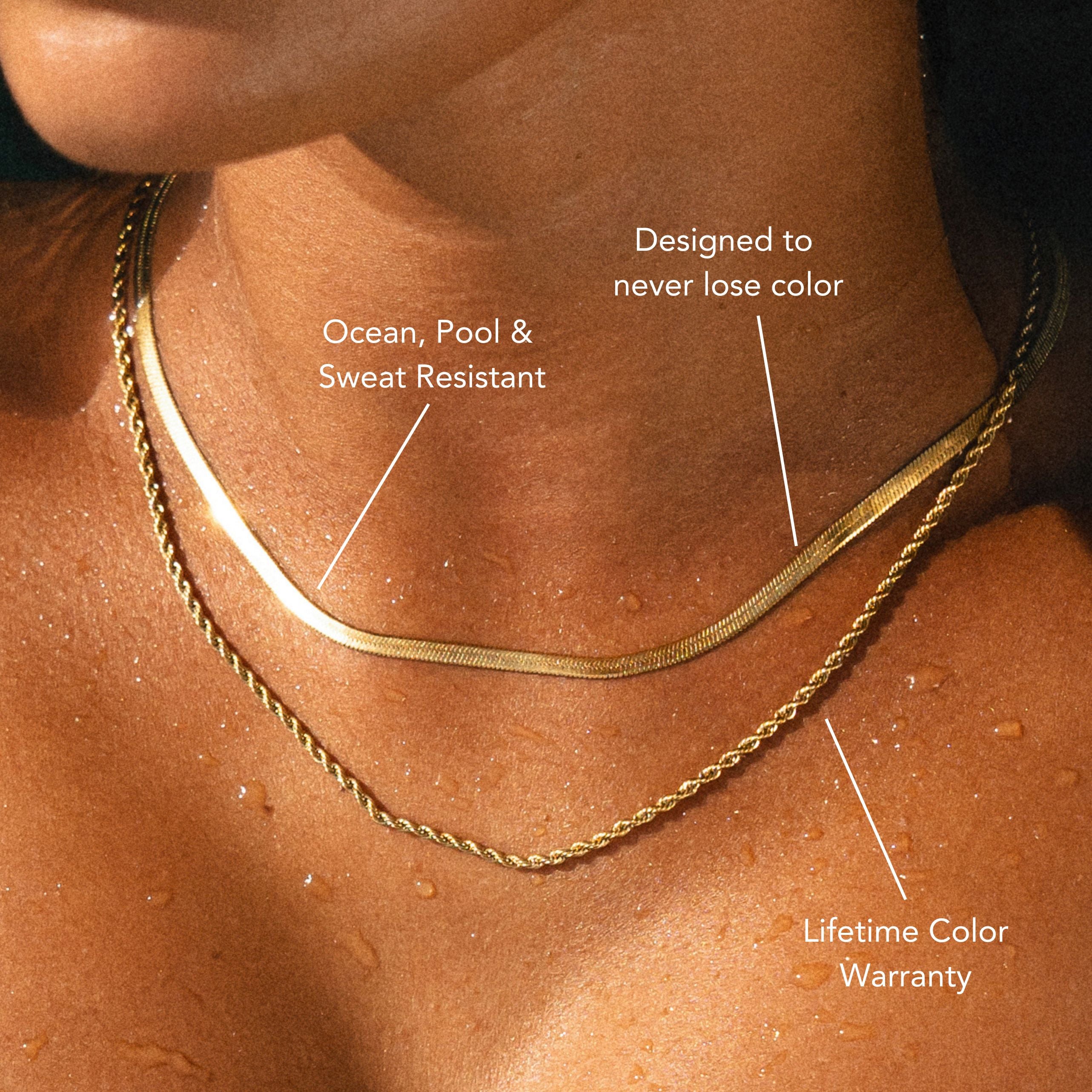
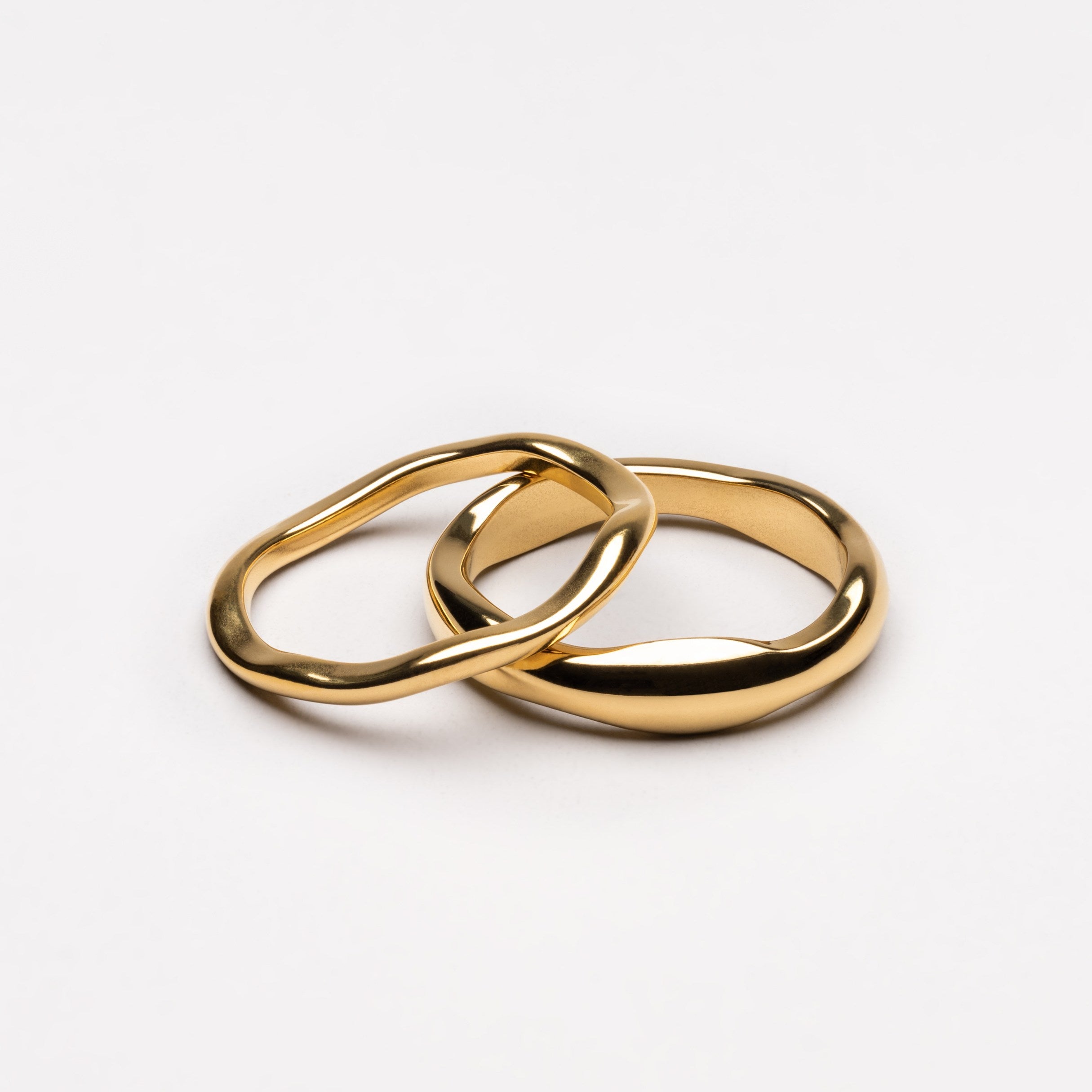

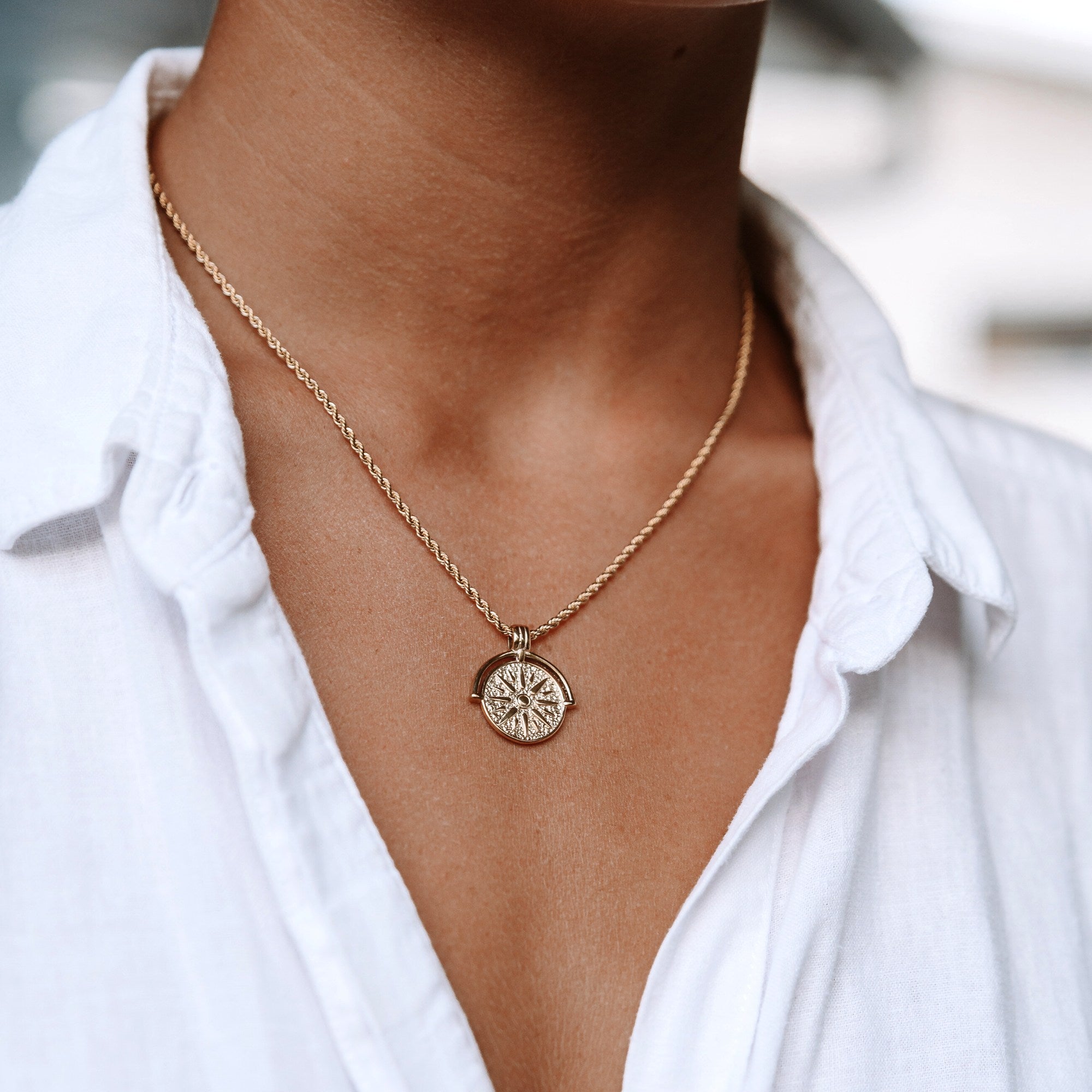
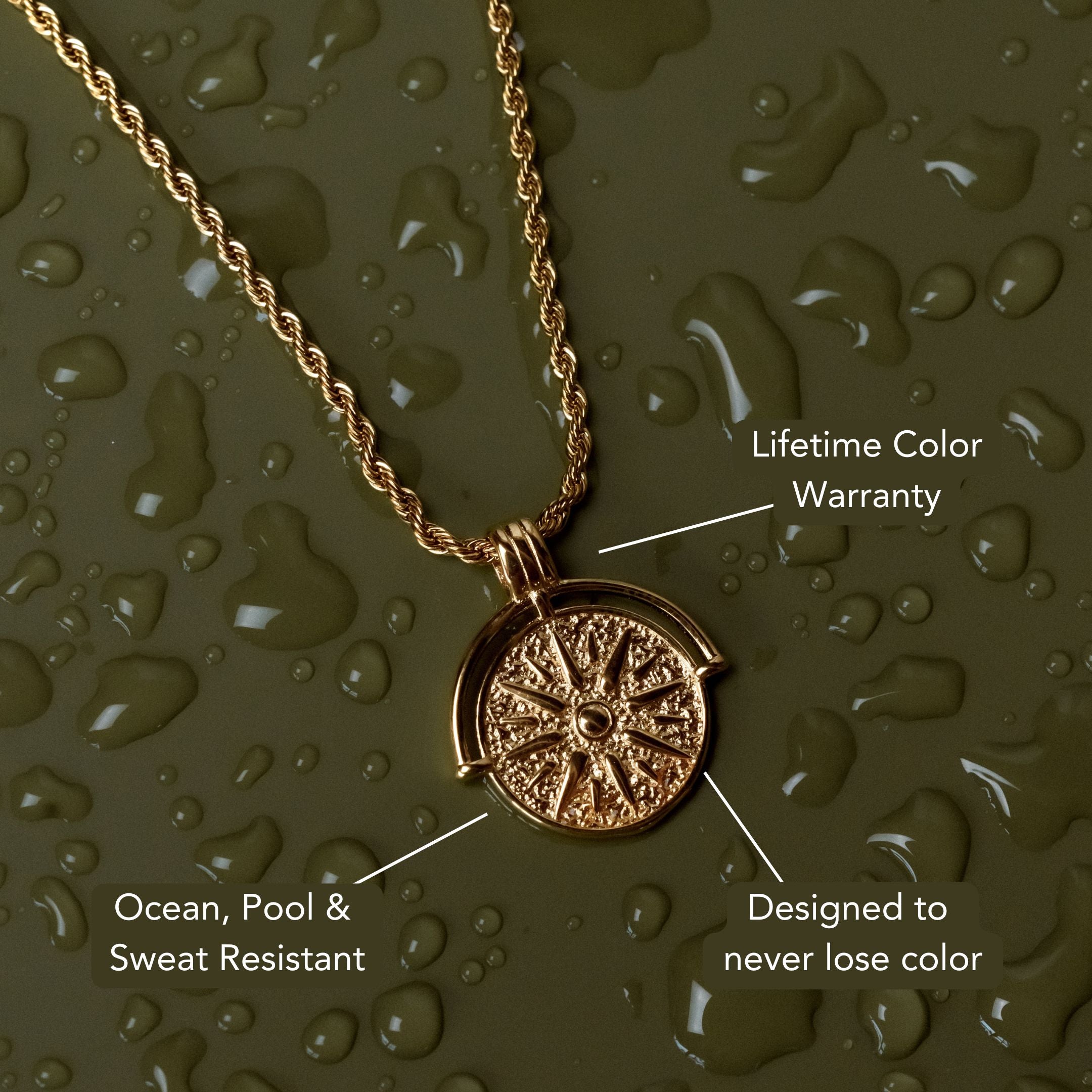
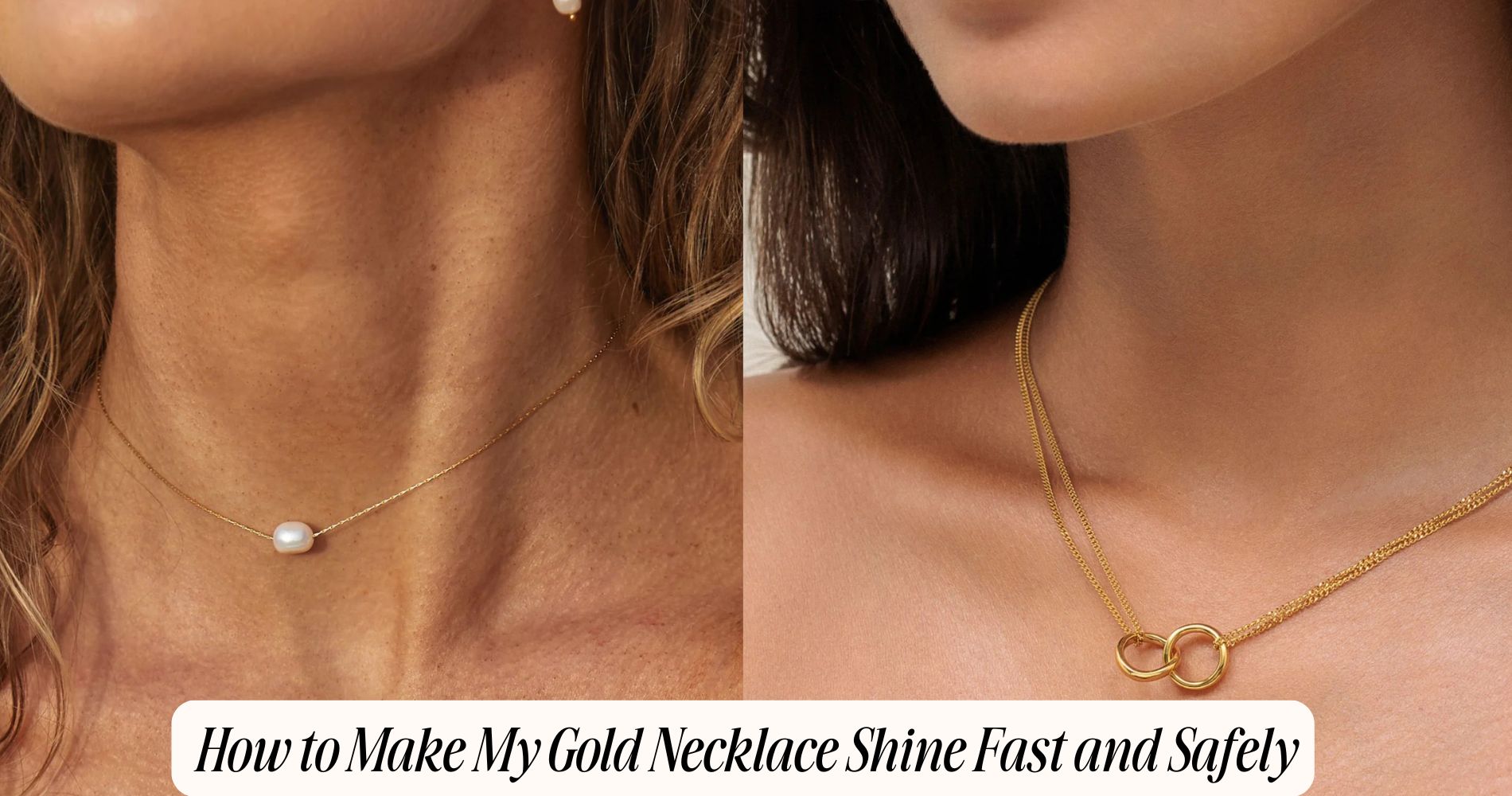
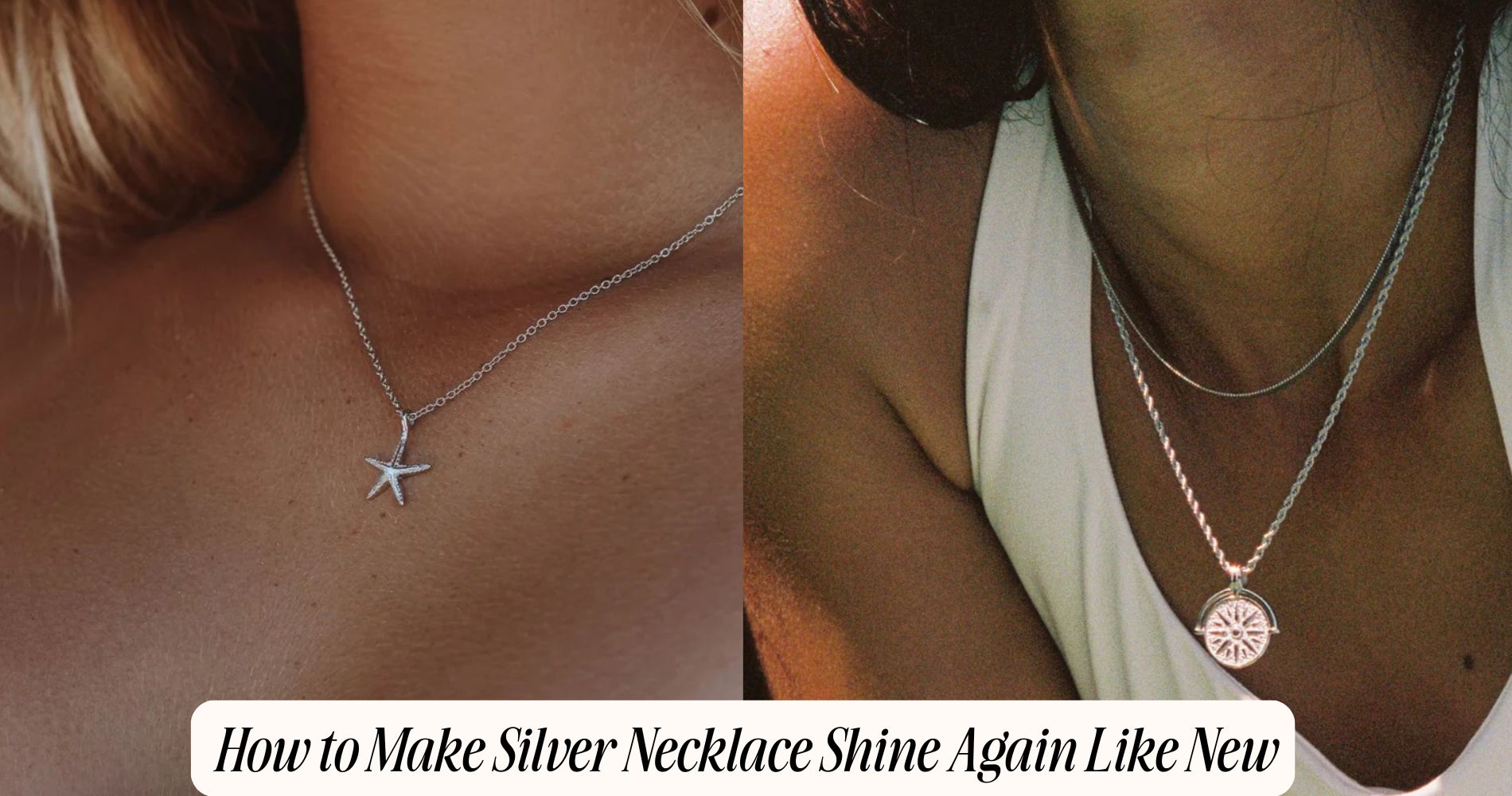




Leave a comment
This site is protected by hCaptcha and the hCaptcha Privacy Policy and Terms of Service apply.